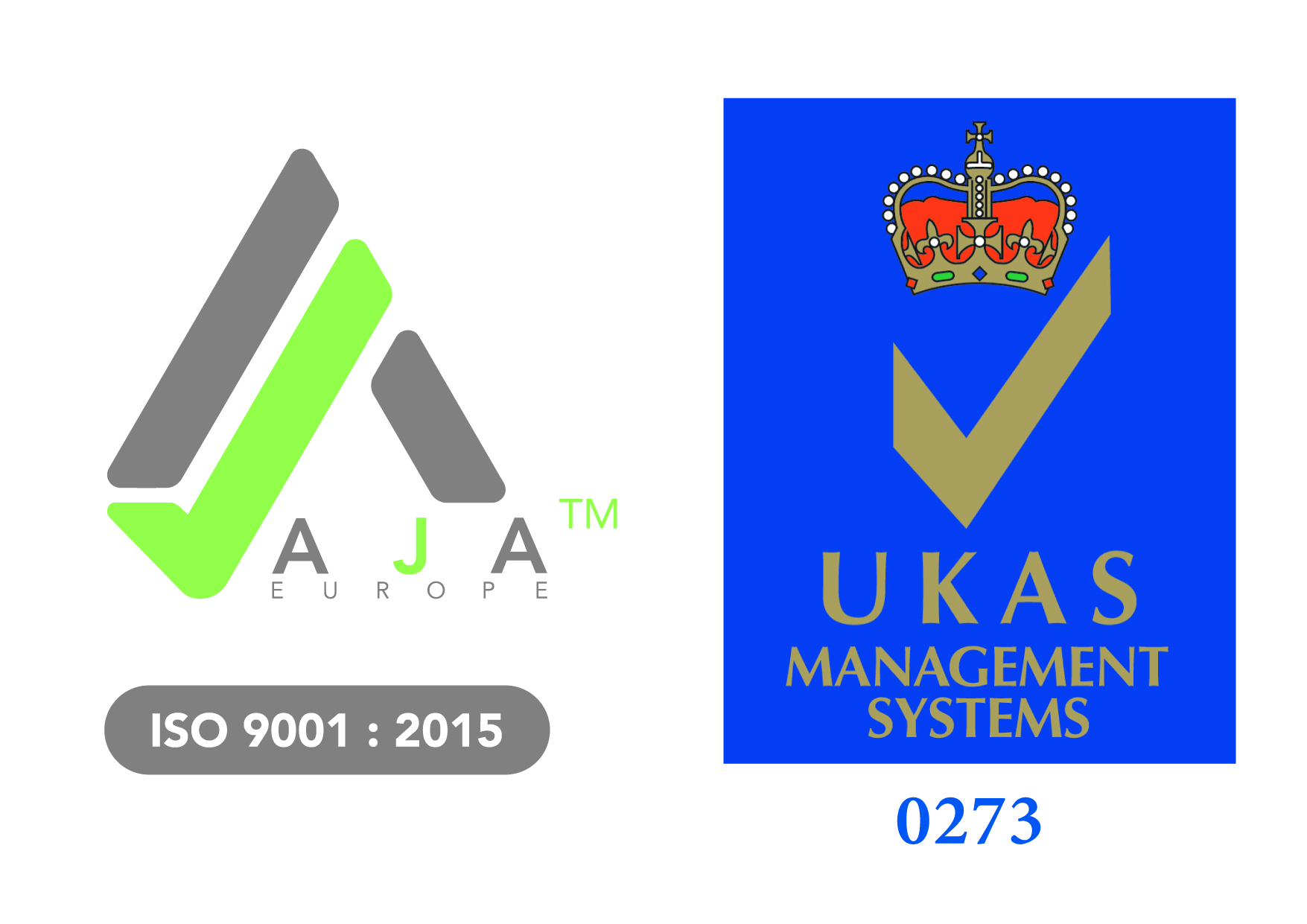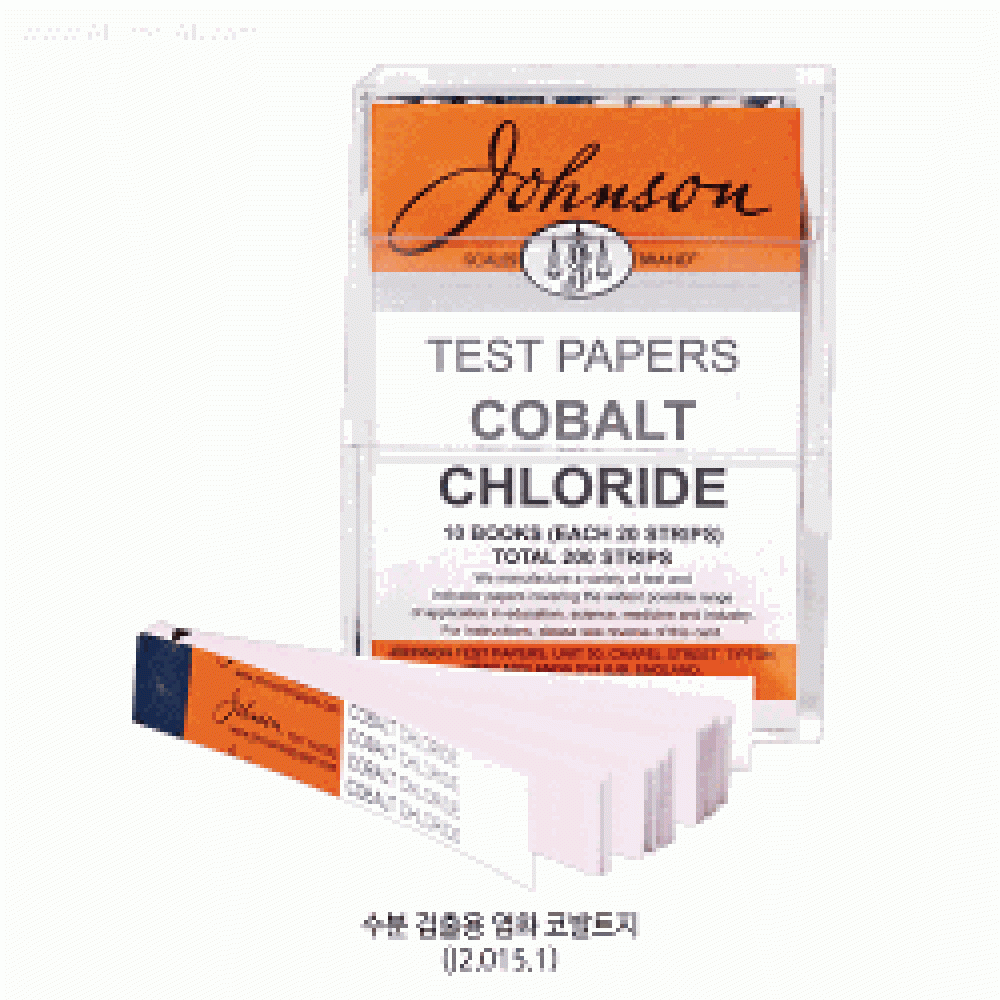
Liquids vary considerably in their vapor pressures. The higher the vapor pressure of a substance, the greater the concentration of the compound in the gaseous phase and the greater the extent of vaporization. Vapor pressure can be expressed in any convenient unit such as: mm mercury, atmospheres, bars, psi, Pascals, and Kilopascals. Other gases, such as air, can be present, but what matters here is the pressure of the substance involved in the gas-liquid equilibrium. Under equilibrium conditions, the rate of evaporation equals the rate of condensation.Ī measure of the extent of vaporization is the vapor pressure which is the partial pressure exerted by the gas phase in equilibrium with the liquid phase. If the container is closed, this conversion will appear to stop when equilibrium is achieved. Molecules will escape from the relative confinement of the liquid state into the gaseous state. When a sample of a liquid is introduced into a container, the liquid will tend to evaporate. As the temperature of a liquid increases, the kinetic energy of its molecules also increases and as the kinetic energy of the molecules increases, the number of molecules transitioning into a vapor also increases, thereby increasing the vapor pressure. A substance with a high vapor pressure at normal temperatures is often referred to as volatile.

The equilibrium vapor pressure is an indication of the evaporation rate of the liquid and relates to the tendency of particles to escape from the liquid (or a solid).

Vapor pressure (or equilibrium vapor pressure) is the pressure exerted by a vapor in thermodynamic equilibrium with the condensed phases (solid or liquid) at a given temperature in a closed system. Speight, in Natural Water Remediation, 2020 4.10 Vapor pressure and heat of vaporization Influence of the solvent composition on the complex stability and thermochromism was also discussed.James G. standard enthalpy, entropy and Gibbs energy, were calculated for all complexation reactions. Based on these stability constants, the thermodynamic data, i.e. The overall stability constants of all formed complexes were calculated using a non-linear regression program at different temperatures: 308.15, 318.15, 328.15, 338.15 and 348.15 K. Absorption spectra have been investigated in the visible spectral range 400–800 nm at two different temperatures (298.15 and 323.15 K). In all binary mixtures the mole ratio of ammonium nitrate to the second component of the system was 1:3 and they were studied as suitable solvents for the formation of cobalt(II) chloro-complexes.

The selected organic components were formamide (FA), N-methylformamide (NMF), N, N-dimethylformamide (DMF) and dimethylsulphoxide (DMSO). In this work, the thermochromic behaviour of cobalt(II) chloro-complexes was investigated by VIS–spectroscopy in four different ammonium nitrate+organic component based solvents and in ammonium nitrate+calcium nitrate tetrahydrate melt. Hence, the increase of absorbance with temperature acts as an auto-regulated shading protection from overheating. The well known fact that cobalt(II) halide complexes in various media undergo changes of co-ordination, absorbance and colour with the increase of temperature was combined with the low melting point of new materials suitable for simultaneous control of temperature and light intensity.


 0 kommentar(er)
0 kommentar(er)
